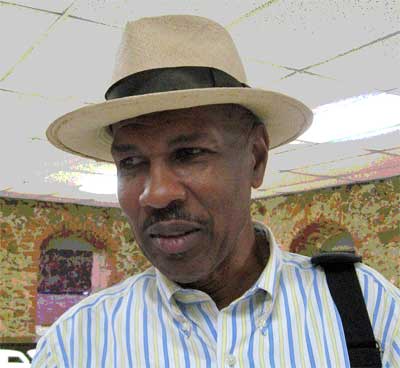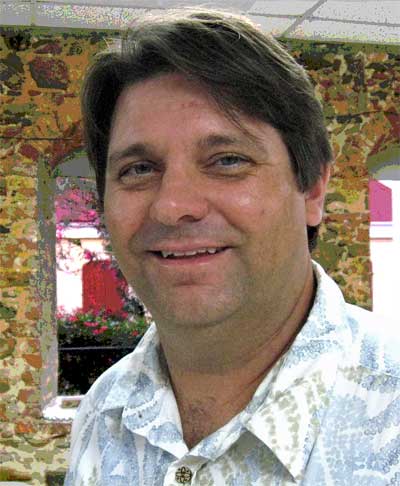Danish Artist Hugo Larsen‘s Cultural Portrait of Our Islands 1904-1907

Poet and novelist Edgar Lake most recently
published “The Devil’s Bridge”. Look for a
bibliography of his fiction, poetry, essays,
screenplays, and other works at
www.africanafrican.com.
Mr. Lake told us that Nina York’s request to make a ‘five minute film’ to portray the first Danish African West Indians through Hugo Larsen’s works turned into a one hour film. It was a legally difficult project with many ‘dark and doubting’ late nights, and hours of groveling and begging for access to images and music to support the non-profit effort. The intricate interweaving of Larsen’s paintings and sketches with native music, period photos, testimonials by noted historians regarding the political and historical backdrop of the time, a crisp narrative, and Edgar Lake’s ‘invented dialogue’ for the artist and the paintings’ characters yields a stunning video.It was Princess Marie, sister-in-law to the Crown Prince who facilitated sending a Danish painter to paint images of this part of the kingdom. Hugo Larsen, a young mostly unknown painter, shipped out on the maiden voyage of the Danish steamer St. Croix, charged with showing the people of the colonies as being productive, healthy and at leisure, participating in the revival of the Danish Colonial economic system. He arrived in Charlotte Amalie, Denmark’s second largest city, after a four week voyage (the ship ran aground off Isla de Cuba), on February 14, 1904. He planned to stay a few months; he stayed for three years.What Hugo Larsen encountered was a social system in crisis. What he painted in his realistic impressionistic style, however, was not the row houses, crude hospitals, or fields with harsh labor conditions. Says historian George Tyson in the DVD, “He gave faces to the Islands’ people. He showed black Danish West Indians as human beings. He painted a black society, Danish but not.” Myron Jackson notes that Hugo Larsen was “accepted as an observer–he was intimate with those he captured on canvas.” This intimacy is highlighted in the video by Edgar Lake’s invented conversation and commentary for those characters. Also, notes Mr. Jackson, during Larsen’s 3 year immersion, he created images that allow us to reconstruct cultural history, and he left us time capsules of the islands’ topography.

Producer Erik Miles is a well-known local
film maker. You can visit his studio on line
at www.studio5films.com.
The energy and skill of Larsen’s works is captivating. You can visit a virtual gallery of his works, created by great-nephew Jan Tuxen at www.tuxen.info/hugo_larsen. In Larsen’s portrayal of a dance, the postures and gestures are recognizably island, and the images almost move. A donkey’s ears are sharp, clearly attuned. The bright sunlight of a street scene makes you squint. A portrait of a young woman conveys teenage insouciance. The workers ‘in a corner of a rombod’ exude pride, placidity, patience. Ladies with loads carried on their heads manage a taut balancing act and a sauntering walk at the same time. Larsen was certainly more talented than famous.During Hugo Larsen’s three years here, Denmark forgot about both him and the Colony; he was not well known in Denmark, having sent back only a single painting, The Milk Carrier. In 1907 when he returned to Copenhagen, Larsen took 35 paintings, which ended up primarily in private collections at pauper’s prices. He returned to painting portraits for a living. Surely the island years must have been his richest visually and spiritually, if not monetarily.If you would like to order a DVD, they are available from St. Croix Friends of Denmark at PO Box 682,Christiansted, St Croix VI 00821 for $20 (Please mark your order “Hugo Larsen Video.” )
